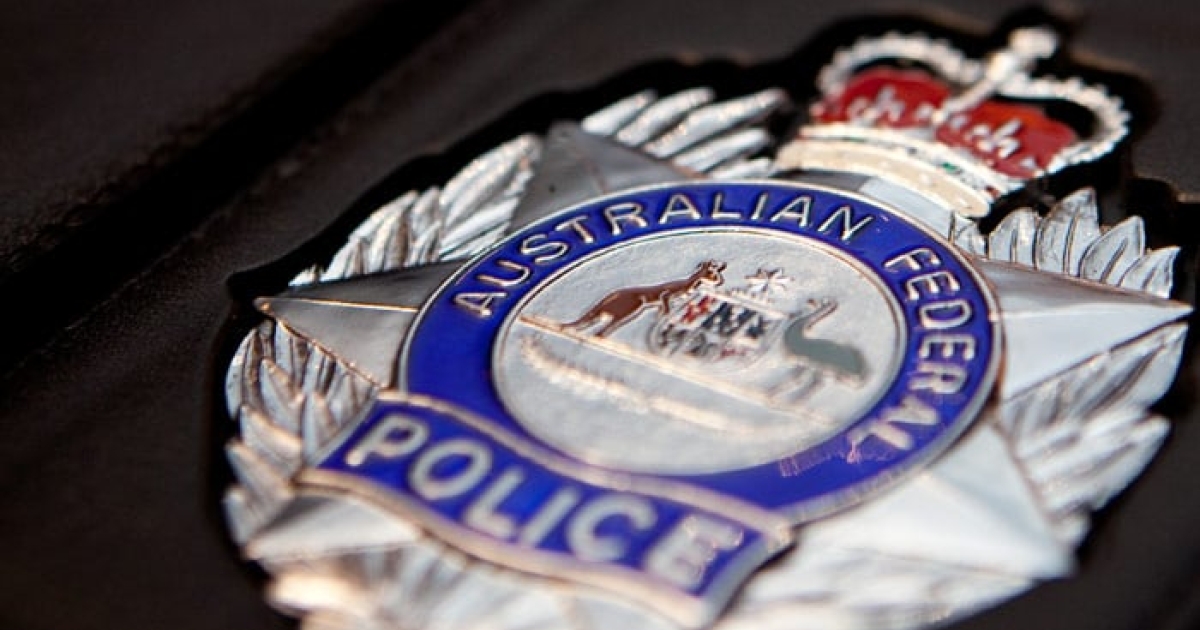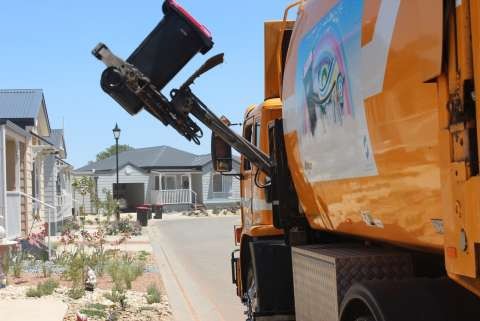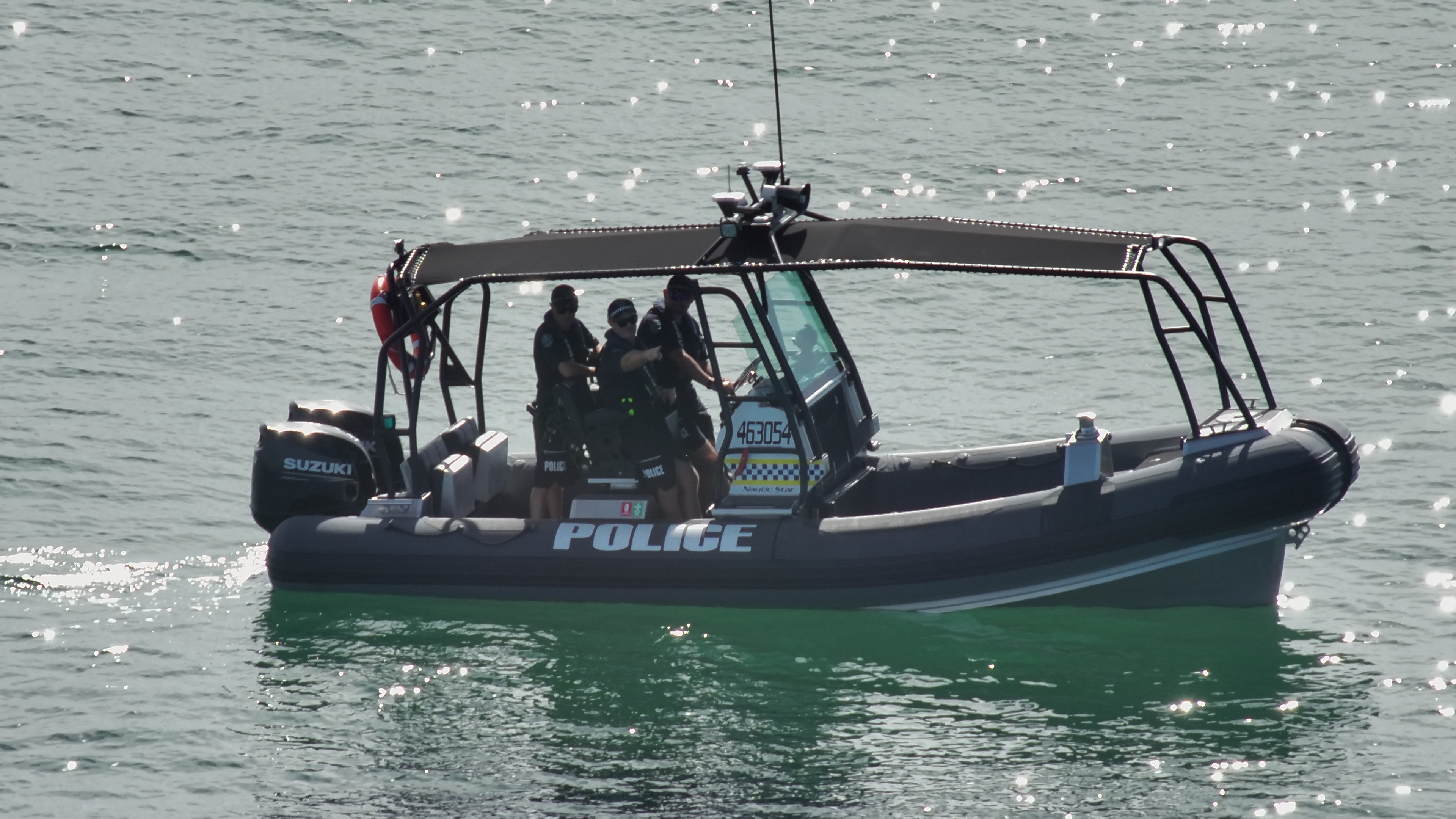Read about some of the CBA staff that returned from World War One.
ANZAC Day this year marks a particularly poignant date in our nation’s history: the 100th anniversary of the first commemorations of the end of World War One.
With the bloody conflict having finished five months before on the 11 November 1918, ANZAC Day 1919 took on special significance for Australian servicemen and women, especially those still overseas who were waiting to return home.
Among them were more than 200 CBA staffers who had survived the fighting in various theatres of the war, including many who had fought at Gallipoli.
It would be many more months before the likes of Perth branch clerk Percy Bostock, Ballarat branch manager Louis Morris and Sydney office clerk Leslie Fussell saw Australia again.
While the war was over, the ravages of four long, devastating years of conflict combined with the disastrous flu pandemic sweeping the world (which was to claim many more millions of lives than those lost on the battlefield) provided a sombre backdrop to the 1919 commemoration.
Having hosted major ANZAC marches on the anniversary of the landings on 25 April during the war – where they were used, in part as recruitment campaigns – parades in the major capital cities of Sydney and Melbourne were largely absent in the first six months afterwards.
In Sydney, the marchpast of preceding years was cancelled to prevent large crowds of people gathering, because of public health concerns of spreading the flu. However, a commemorative service was held in the Domain with attendees required to wear gas masks and stand three feet (about a metre) apart.
Melbourne’s parade – which in 1918 had been the largest since the landings, with more than 6,000 men including returned soldiers and Australian Imperial Force (AIF) recruits marching from Alexandra Avenue to the corner of Collins and William Streets – was also called off.
It was left to London to mark the day in the most significant way, with a massive parade of Australian troops led by General Sir John Monash and numbering 5,000 troops representing the five divisions of the AIF, who made their way from Hyde Park to Mansion House.
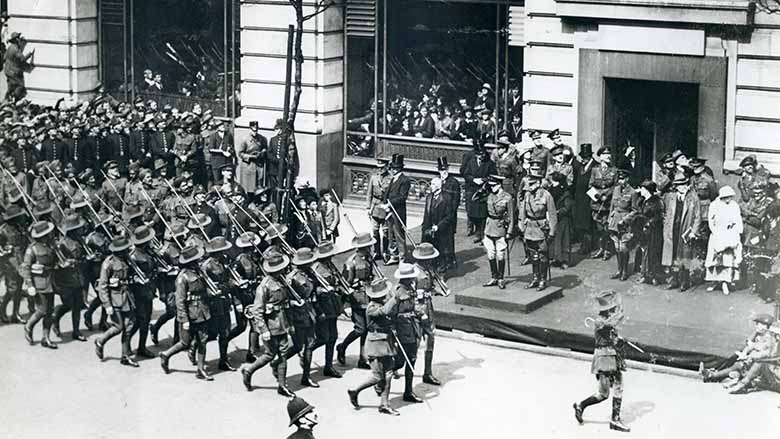
Marching in London, 1919.
Fittingly, the soldiers also passed Australia House on The Strand, which had become the main offices of the Commonwealth Bank during the war after its gradual opening from 1916 onwards. The building was decked out in Australian flags and according to newspaper reports at the time, the Prince of Wales, Field Marshal Haig and Billy Hughes, the Australian Prime Minister, took the salute from the balcony.
Many of the CBA men who were transferred to England from the Western Front at the end of hostilities spent the remaining part of their military service working for the bank in London or at its many temporary branches set up where the Australian forces were billeted prior to their return home.
Here, we recall the service of some of our staff members from across the country who survived the Great War, having dedicated themselves and put their lives on the line for their nation and the bank.
Victoria
Lieutenant Percy Wald was an accountant with the bank, first in Adelaide and then in Melbourne, who enlisted in 1915 at the age of 27, served with distinction in Flanders and was awarded the Military Cross for his heroism.
Lt Wald was posted to the CBA in London in the final months of the war and was repatriated to Australia in May 1919 where he re-joined the bank permanently after being discharged from the Army in the August of that year. He subsequently married Dorothy Le Messurier and eventually rose to become manager of the Malvern branch in Victoria.
Another of his London colleagues was former CBA Melbourne clerk Sergeant Oswald Carlile, who after enlisting with 2nd Division Signal Company, was transferred to the Australian Army Pay Corps and swiftly assigned to the bank’s London office because of the acute shortage of trained staff.
Sgt Carlile spent the rest of the war attached to the London branch ensuring that the hundreds of thousands of Australian troops got paid on time. He was finally allowed home in 1920 and resumed working for the bank until he left three years later to join the Primary Producers Bank of Australia.
He and his wife Florence had one son, Forbes Carlile, who went on to compete in the 1948 and 1952 Olympics for Australia and became a renowned swimming coach.
War was no stranger to Ballarat branch manager Louis Morris when he chose to enlist in March 1915. Morris had fought in the Boer War (1899-1902) as a 19-year-old cavalryman. He signed up again at the age of 35 as a Second Lieutenant with the 13th Light Horse with whom he had fought in South Africa.
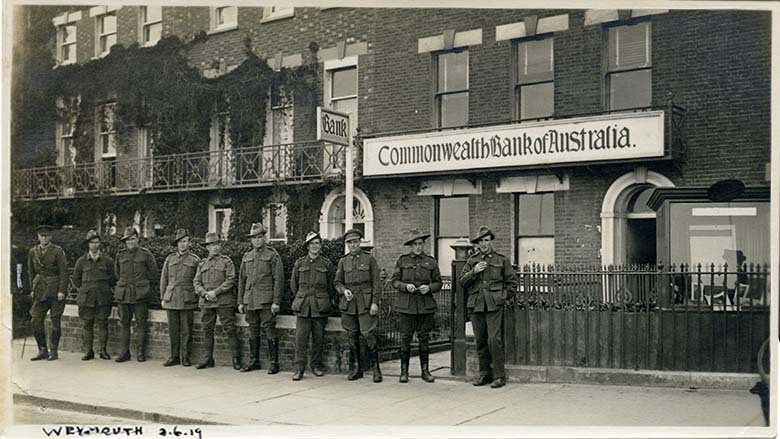
He served in Egypt and the Western Front before being seconded to a training depot in April 1918. Towards the war’s end and by now Captain Morris, he transferred to CBA as manager of its Weymouth branch on the south coast of England, which was one of the largest stationing areas for Australian soldiers before their return home.
He himself was decommissioned in January 1920 and back home in Australia, he resumed his career with the bank, eventually being promoted to the position of Acting Inspector.
Tasmania
London branch also became a haven for recuperating and severely injured soldiers. Among these was Hobart branch officer and Gunner (later Sergeant) William Thummler who fought in the Battle of the Somme in 1918 and was so badly wounded he was unable to return to his artillery unit.
Attached for duty with the bank in London, Sgt Thummler was able to return to Australia in July 1919 and resumed working with CBA in Hobart. A year later he married his wife, Alice. In 1936, William secured a transfer to the Adelaide branch and he continued working for the bank until his retirement.
Western Australia and South Australia
Fremantle-born Percy Bostock was working as a clerk at the bank’s Perth branch in June 1916 when he enlisted as an artillery gunner at the age of 23. His war service saw him fight on the Western Front right up to the Armistice in November 1918 when Percy and the 7th Field Artillery Brigade were among the few Australian units still in action.
He left France at the end of 1918 and was assigned to the bank. He spent the first six months of the following year working at the London and Weymouth branches.
Re-joining his unit for the trip home to Australia, he took up his position back at Perth branch after being discharged from the Army in March 1920. He subsequently transferred to Adelaide branch to be nearer his family who had moved from Fremantle.
NSW and ACT
Another senior officer to be honourably discharged in January 1920 was Major Leslie Fussell, a clerk at CBA’s Sydney office. He had joined up five years earlier. Commissioned as a Lieutenant, ANZAC Day was of particular importance to Fussell, having fought at the Battle of Hill 60, the last major assault of the Gallipoli campaign.
He subsequently saw action in France and Belgium, where he was promoted to Captain and then Major, earning the Military Cross and being mentioned in Dispatches twice for his leadership and courage.
Major Fussell remained in Europe after the war’s end to help with the demobilisation of the Australian forces before his discharge in early 1920. Returning home, he re-joined CBA as manager of the Canberra branch a year later and made such an impression on his adopted city that they named Fussell Lane after him. He was 76 when he died in 1960.
Fellow Sydney office clerk Lyndon Clinch was one of the eldest CBA men to enlist when he joined an Infantry battalion in February 1916 at the age of 34. He fought at Passchendaele and by the time his unit was relieved in October 1917, the battalion had survived 50 per cent casualties.
Private Clinch was wounded in a gas attack in April 1918 at the Battle of Villiers-Bretonneux and he spent the rest of the war at the Australian Corps School before being discharged in December 1919. He resumed working for the bank at Sydney
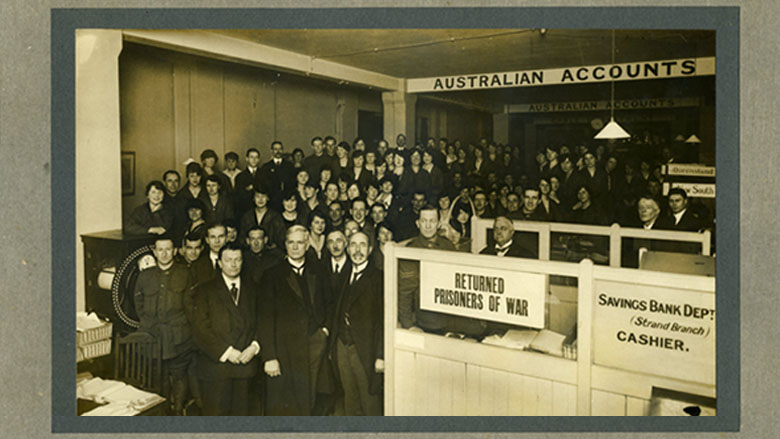
Queensland
Percy Stephenson was one of CBA’s “originals”, having worked at the bank from when it opened its doors in 1912. When war broke out, he was a clerk at Brisbane office, which he had joined the year before.
Enlisting in December 1914, he served at Gallipoli and in France and progressed through the ranks from driver to Lieutenant by the war’s end. In between fighting, his bank skills were so in demand that he was briefly re-assigned to the bank’s London office for six weeks in July 1917 to help with the Australian war loan of that year that was being floated on the London market.
Completing his service with the 26th Battalion in 1918, he returned to Australia the following year and after being demobbed, resumed working with CBA. In 1921, he was appointed manager of Charleville branch and had a successful career with the bank as manager of various branches across regional Queensland before retiring in 1949 at the age of 61.


